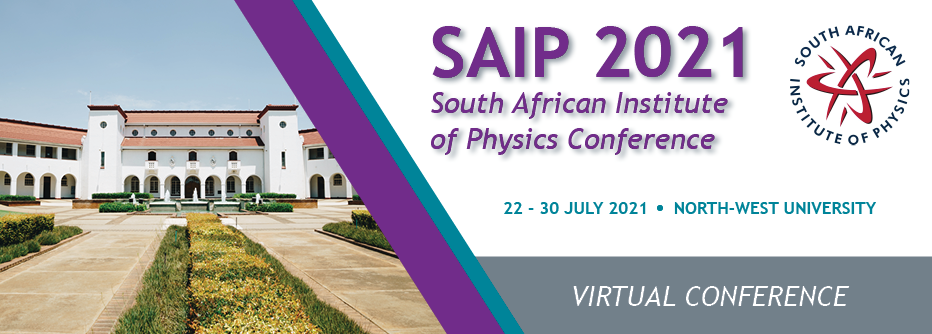Speaker
Description
Abstract
We explore the synthesis of mesoporous titanium dioxide (mp-TiO2) nanoparticles using cost effective method, sol-gel. mp-TiO2 films are existing electron transport layers in perovskite solar cells (PSCs) and the material development is encouraged for their commercialization . Different synthesis approaches give rise to different morphologies, mesostructures, pore size and crystallization of mp-TiO2 nanoparticles. In our current work we emphasize the sol-gel synthesis of mp-TiO2 at room temperature and at 60 oC reaction temperature while incorporating polyethylene glycol (PEG) in the system. The sol-gel dispersion is then drop-cast on the glass substrate to make films and subsequently calcined at 350 oC, 450 oC and 550 oC for 4 hours. The structure, morphology and the optical properties of the films were controlled by the calcination and the correlation between the calcination and film properties were investigated for possible application in PSCs. The 95% rutile and 5% anatase phases of mp-TiO2 were optimized at calcination temperature of 550 oC for sample synthesized at room temperature, while the sample synthesized at 60 oC was optimized at 450 oC. Similarly, the pore size in the TiO2 material was optimized at calcination temperature of 550 oC. Relatively higher transmittance (~87%) of the films towards the near infrared region showed improved optical properties for their use in PSCs application. The mesoporous nature was determined by Brunauer-Emmett-Teller (BET) method using the Barrett-Joyner-Halenda (BJH) model. From this work, mp-TiO2 prepared at room temperature showed better morphological, BET, BJH and optical properties indicating a better chance for possible application in perovskite solar cells.
Level for award;(Hons, MSc, PhD, N/A)?
PhD
Apply to be considered for a student ; award (Yes / No)?
Yes

